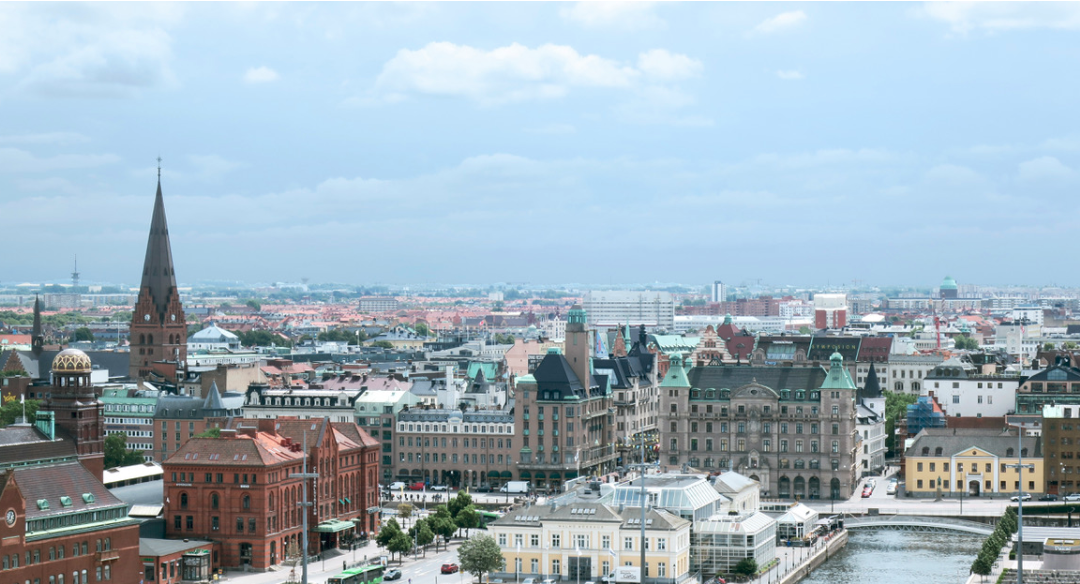WRITTEN BY MARTIN HALLBERG
– SPEAKER AT PRIX BLOXHUB INTERACTIVE SYMPOSIUM 21-22 MAY 2019 – LINK
Already in 1977 the Canadian composer, writer and environmentalist, R. Murray Schafer, expressed his concern about our acoustic environment. Schafer is known as the ‘godfather’ of sound and acoustic ecology and his 40-year old warning of the dangers of an indiscriminate and imperialistic spread of more and larger sounds into every corner of man’s life, is worryingly current to this day.
Our hearing is a sense that cannot be to turned off. With overexposure of impressions and sounds, people have learned to ignore their acoustic environment. Noise barriers and sound absorbents help reduce noise in the built world, but the approach does not take into account the importance of a balanced sound environment that offers an acoustic ecology – an ecology with natural and man-made sounds composed.
As advocates for a balanced acoustic environment, ÅF encounters challenges related tonoise pollution in built environments on a daily basis. R. Murray Schafer compares the sound environment, or the soundscape, to an ongoing composition that surrounds us. We, the people, are the composers who can either improve or destroy it. The governance of urban acoustic environments is undoubtedly a topic that affects both the policy-makers and the public. Yet, it is a complex matter.
Attitudes towards urban acoustic environments are too often focused on noise and the negative aspects of noise exposure. The debate is centered around noise rather than sounds that empowers wellbeing. A human centric approach to acoustic environments and soundscaping would enable the formulation of questions to which sounds should be preserved, highlighted or multiplied in built environments. Noise can be measured, mapped and managed according to regulatory compliance. The experience of sounds and noise however, is not included in such assessments. A decibel level is difficult to relate to, for policy-makers and public alike. A framework to include other parameters in acoustic measurements exists, but calls for more opportunities to be applied into practice!
To face the challenges with increased noise exposure, a new practice of urban sound planning is needed. I see several opportunities in engaging the citizens in forming theiracoustic environment. We just need to make them more aware that they are all composers of the urban soundscape.



